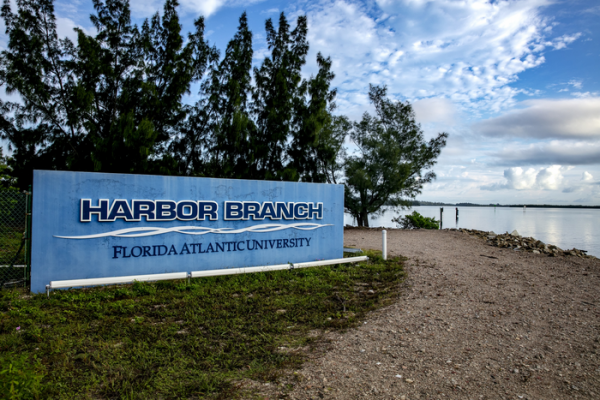The continental shelf is the submerged extension of a continent and as such it is at the crossroad of terrestrial, oceanic and atmospheric influences. This confluence is the lead driver of the high biological productivity that often characterizes the continental shelf regions. Their productivity is not only critical to the ecosystems that it sustains but also to the livelihood of coastal communities such as tourism, fishing, aquaculture and more.
Anthropogenic climate change is expected to have profound implications on shelf dynamics as changes in local atmospheric circulation, heat, and evaporative fluxes can significantly affect the balance between surface fluxes, horizontal transports and vertical mixing. In addition, changes to freshwater discharge from the continent whether by land management, climate driven rainfall or man-made modified freshwater discharge, have large impacts on shelf dynamics and may mitigate or exacerbate changes associated with climate.
One region where these changes are particularly evident is the Gulf of Mexico. The west Florida coast is under the influence of a significant number of freshwater inputs. They drain fresh water from precipitation (direct or delayed, local or regional) from rivers, streams, lakes, and canals into the near shore, majorly contributing to the estuarine properties of West Florida Shelf waters. This fresh water usually expands westward and southward over the shelf, and contributes to the riverine properties of the inner shelf waters.
Read more at: Florida Atlantic University
FAU's Harbor Branch Oceanographic Institute in Fort Pierce, Florida.(Florida Atlantic University)


